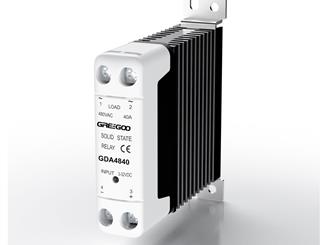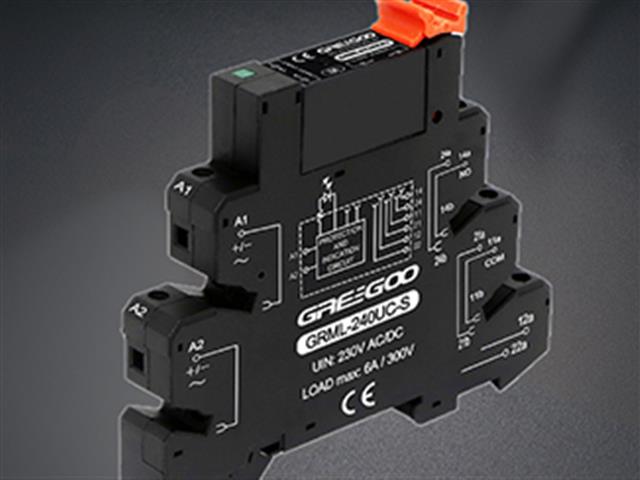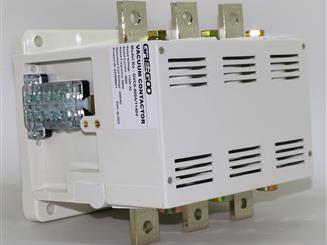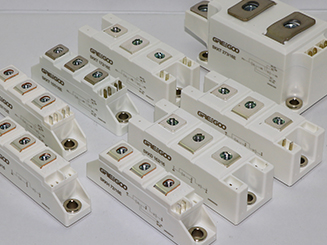What is the main differences between Type 1 and Type 2 SPD?
Type 1 and Type 2 Surge Protective Devices (SPDs) are two different categories of surge protectors used for various levels of protection against power surges. The main difference between these types lies in their specific applications and their placement within the electrical system.
Type 1 SPD (also known as Type 1 Surge Arrester)
Type 1 SPDs are designed to protect against the most severe and direct lightning strikes. They are typically installed at the service entrance of a building, before the main electrical distribution panel. Their primary purpose is to divert and absorb large amounts of lightning current directly from lightning strikes, thereby preventing it from entering the building's electrical system. These SPDs have high discharge capacity and are capable of handling extremely high surge currents generated by lightning events.
Type 2 SPD (also known as Type 2 Surge Protector)
Type 2 SPDs are more commonly used to protect sensitive electrical and electronic equipment within the building from surges that may originate from within the electrical distribution network or nearby sources. They are installed after the main electrical distribution panel and are designed to handle lower surge currents than Type 1 SPDs. These devices provide protection against power surges caused by switching operations, power grid fluctuations, and indirect lightning strikes.
In summary, the main differences between Type 1 and Type 2 SPDs are:
Application: Type 1 SPDs are used to protect the entire building from direct lightning strikes and are installed at the service entrance. Type 2 SPDs are installed after the main distribution panel to protect individual devices and equipment from surges within the electrical system.
Protection Level: Type 1 SPDs offer a higher level of protection, capable of handling extremely high surge currents generated by direct lightning strikes. Type 2 SPDs are designed for lower surge currents, typically generated by internal electrical events or nearby indirect lightning strikes.
Installation Location: Type 1 SPDs are placed at the service entrance, while Type 2 SPDs are installed at the distribution panel or sub-distribution panels within the building.
It's worth noting that a comprehensive surge protection strategy may involve using both Type 1 and Type 2 SPDs in combination, along with other protective measures, to ensure maximum protection for electrical systems and connected devices. The selection of the appropriate surge protection devices depends on the specific requirements and risks associated with the electrical system's location and the level of exposure to potential surge events.

What's the difference of Solid State Relay from Magnetic Contactor?
Solid-state relays (SSRs) and magnetic contactors are both types of electrical switches used for controlling power circuits. It's important to consider the specific application requirements and load characteristics when choosing between an SSR and a magnetic contactor, as each has its advantages and limitations.
Read More
Socket Solid State Relay and Solid State Relay with Integrated Heatsink, what's the difference between feature and application
DIN rail mounted Socket Solid State Relay and Solid State Relay with Integrated Heatsink
Read More
What are the main difference between electrical holding and magnetic holding in vacuum contactor?
In summary, the main difference between electrical holding and magnetic holding in a vacuum contactor is the method used to maintain the closed position of the main power contacts when the coil is de-energized. Electrical holding uses an external electrical circuit to provide continuous holding force, while magnetic holding relies on the energy stored in a permanent magnet to maintain the closed position without an external power supply.
Read More
SKKT SKKD SKKH series Thyristior Diode Modules
The SKKT, SKKH and SKKD series Thyristor Diode Modules offer excellent current carrying capacity and low conduction loss, significantly enhancing overall system efficiency.
Read More













